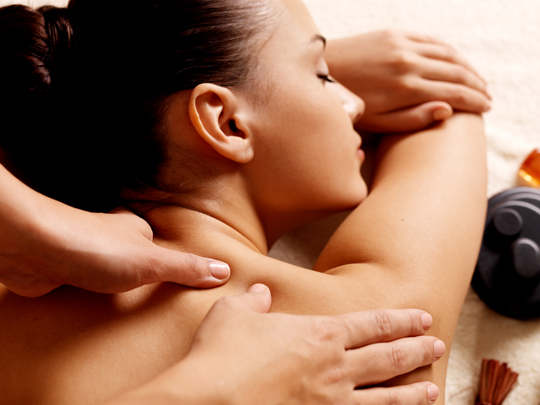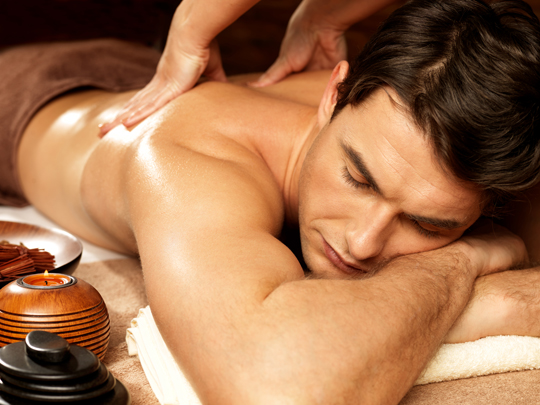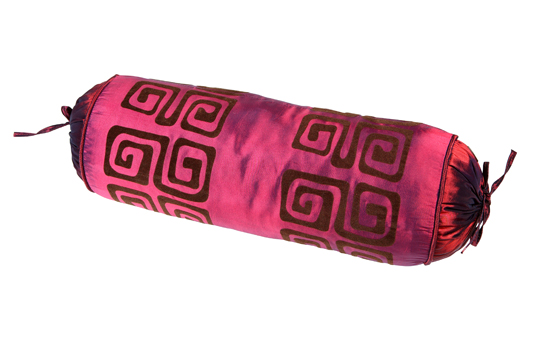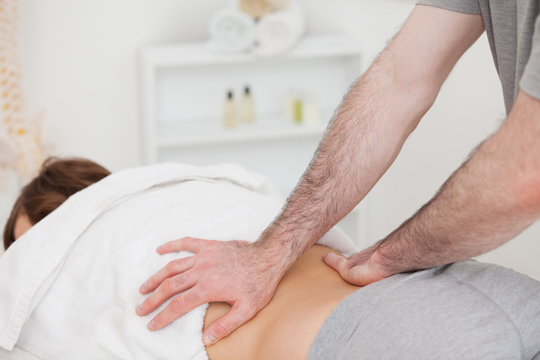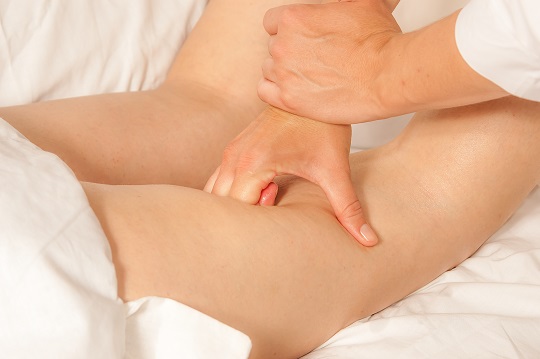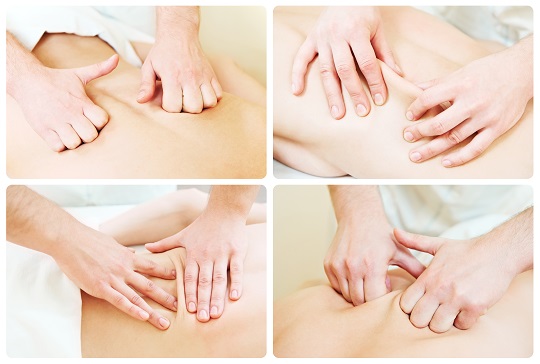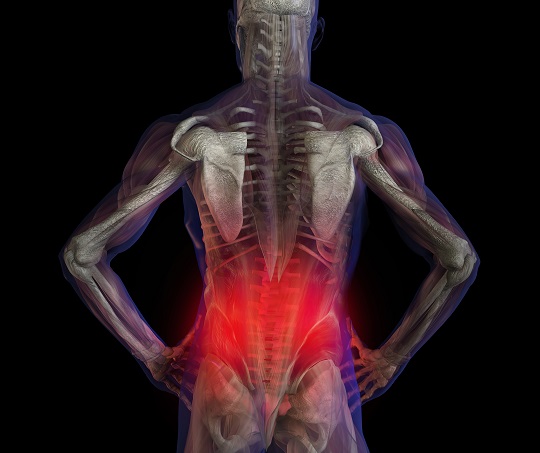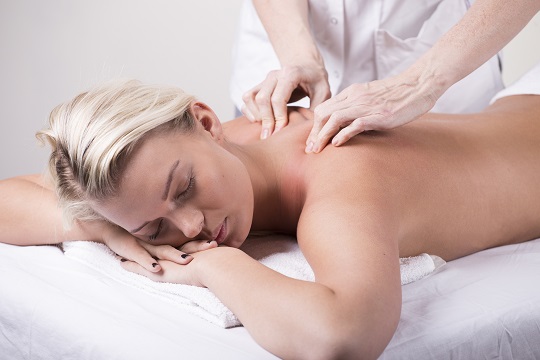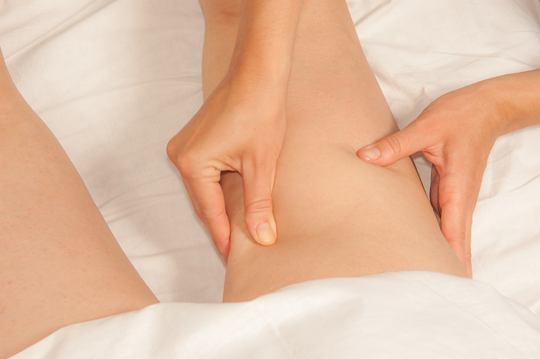Even in Western culture, men and women have taken advantage of ancient practices which have originated from all over the world in order to cure their aches, pains, and ailments. Traditional Hilot massage is one of those, and the practice has grown to be quite popular in the United States.
If you haven’t heard of this treatment method, read on — maybe traditional Hilot massage can benefit you.
What Is A Hilot Massage?
Originating in the Philippines, Hilot massage incorporates traditional massage, chiropractic manipulation, and holistic health. Together in practice, this method is believed to not only cure aches and pains, but also other health issues.
This practice is carried out by a Hilot, which is considered a healer in the Philippines.
What Is The Theory Behind It?
The idea behind traditional Hilot massage is that aches, pains, and illnesses all originate from an imbalance in the body. This imbalance can be physical or it can be an imbalance of energy.
The Hilot examines the body to find areas of imbalance. By using their massage methods, they correct this imbalance, which gets rid of whatever is ailing you.
What Is A Hilot Massage Like?
This treatment is akin to deep tissue massage, but it is typically gentler. Often, the Hilot will use oils to help relax the muscles and loosen them if they are tight. This is why a Hilot massage is perfect for someone who is experiencing a lot of stress, which tightens their muscles.
Gentle manipulations are also administered during this process. Some very traditional Hilots even incorporate herbal medicine and chanting throughout the massage.
Where Can I Get A Traditional Hilot Massage?
Not all massage therapists offer this unique treatment. Don’t waste your time talking to professionals who can’t help you. Use TalkLocal to weed out irrelevant results in your searches. We take it one step further by actually connecting you via telephone to professionals who can help.

